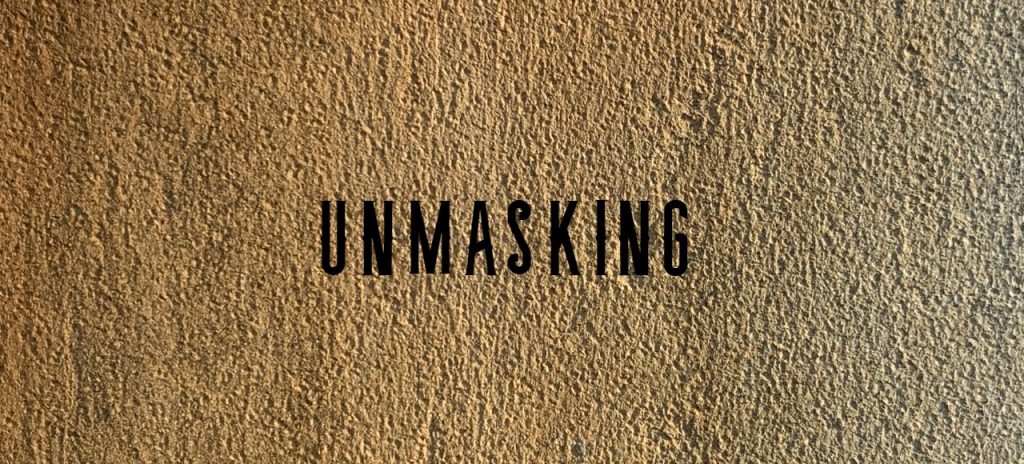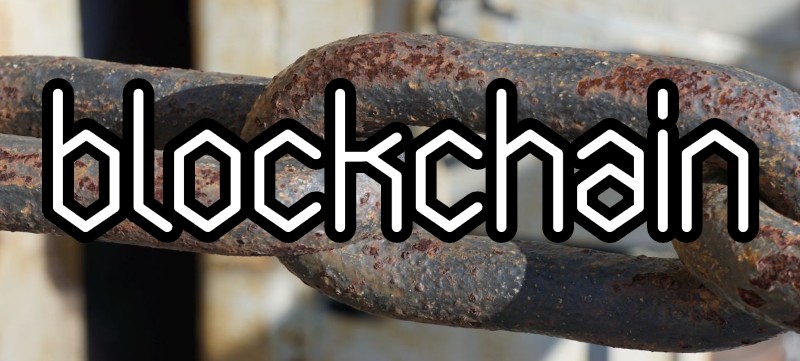
Pro se plaintiff sued Meta seeking to hold it liable for allegedly removing certain “Muslim and/or Palestinian content” while preserving “unspecified Jewish and/or Israeli content” and for allegedly banning certain Muslim users, while allowing unspecified Jewish users to continue using Meta’s services. He brought a civil rights claim for unlawful discrimination on the basis of religion in violation of Title II of the Civil Rights Act of 1964.
Meta moved to dismiss, arguing, among other things, that plaintiff lacked standing. The lower court granted the motion. Plaintiff sought review with the Third Circuit. On appeal, the court affirmed the dismissal.
No “informational injury”
The court observed that plaintiff had not alleged that he owned, created, controlled or had any personal involvement with the removed content other than having previously viewed it. Nor had he alleged any personal involvement with the banned users. Likewise, he had not argued that he was denied the same level of service that Meta offered to all its users. Instead, he had argued that he was entitled to relief as a Muslim being discriminated against by having Muslim-related news removed while Jewish content remained.
The court examined whether plaintiff could establish standing under the “information injury” doctrine. To establish standing under the informational injury doctrine, plaintiff “need[ed] only allege that [he] was denied information to which [he] was legally entitled, and that the denial caused some adverse consequence related to the purpose of the statute.” It went on to note that an entitlement to information allegedly withheld is the “sine qua non” of the informational injury doctrine.
It held that plaintiff had failed to establish standing under this doctrine because he did not show that he was legally entitled to the publication of the requested content or the removal of other content. Title II does not create a right to information. And the statute could not be understood as granting him a right to relief because he did not allege that he was personally denied the full and equal enjoyment of Meta’s services. Moreover, plaintiff was without relief under Title II because the statute is limited to physical structures of accommodations, and Meta, for purposes of the statute was not a “place of public accommodation.”
Section 230 Classics
And in any event, 47 U.S.C. § 230 precluded the court from entertaining these claims, which would have sought to hold Meta liable for its exercise of a publisher’s traditional editorial functions – such as deciding whether to publish, withdraw, postpone, or alter content. On this point, the court looked to the classic Section 230 holdings in Green v. America Online (AOL), 318 F.3d 465,(3d Cir. 2003) and Zeran v. America Online, Inc., 129 F.3d 327 (4th Cir. 1997).
Elansari v. Meta, Inc., 2024 WL 163080 (3d. Cir. January 16, 2024) (Not selected for official publication)
See also:
- Fifth Circuit dissent issues scathing rebuke of broad Section 230 immunity
- Section 230 did not protect Snapchat from negligence liability in car crash lawsuit over Speed Filter
- Communications Decency Act immunizes hosting provider from defamation liability








